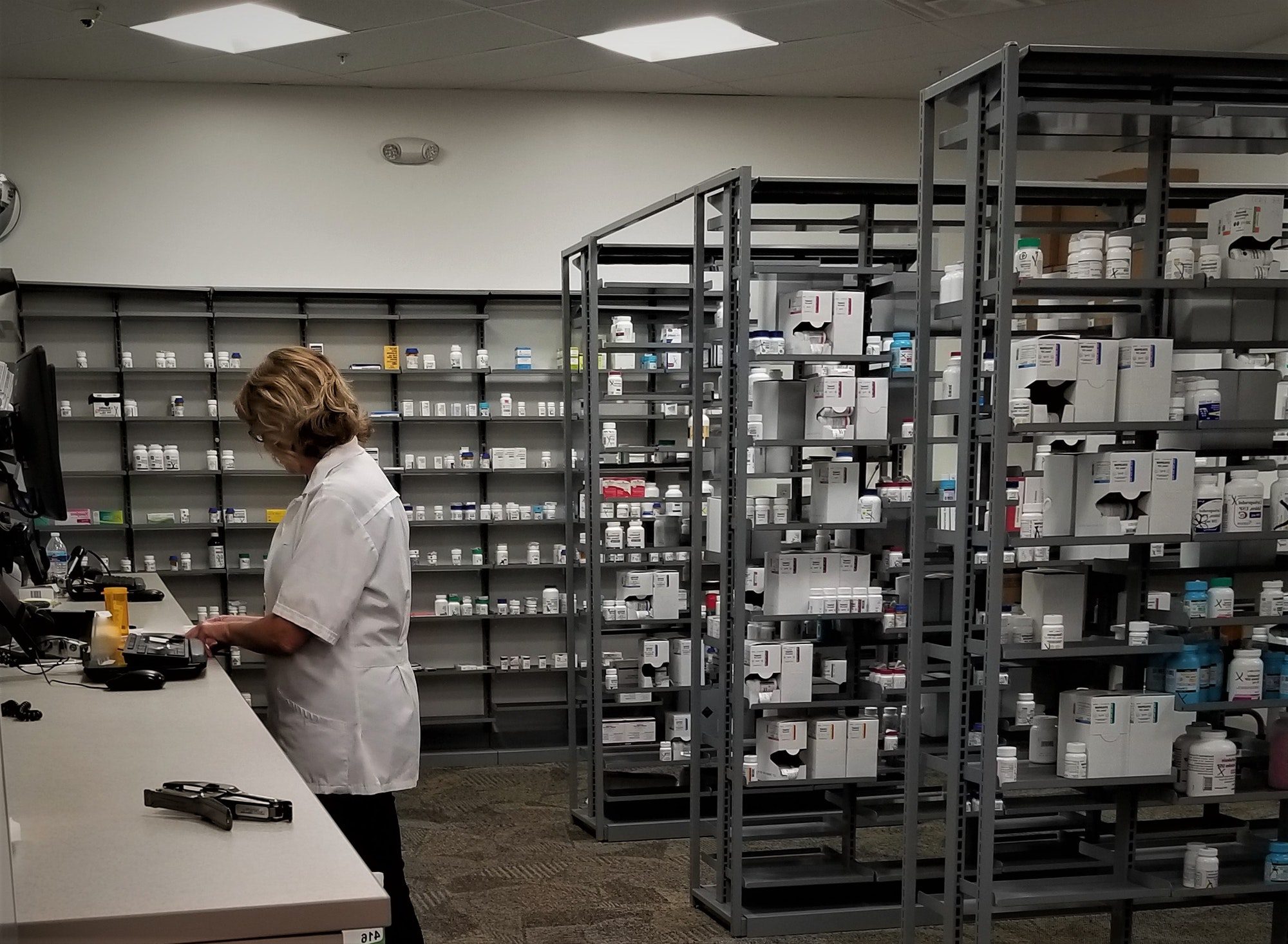Jesse Smedley
Jesse Smedley is the Principal Broker for iHealthBrokers and the founder, president, and CEO of Smedley Insurance Group, Inc. and iHealthBrokers.com. Since the inception of SIG in 2007, Jesse has been dedicated to helping people save money on their health insurance by providing them with resources to educate themselves on all their health insurance options, both under age 65 and Medicare beneficiaries. He is featured in many publications as well as writes regularly for expert columns regarding health insurance and Medicare.
- Jesse Smedleyhttps://ihealthbrokers.com/author/jsmedley/
- Jesse Smedleyhttps://ihealthbrokers.com/author/jsmedley/
- Jesse Smedleyhttps://ihealthbrokers.com/author/jsmedley/
- Jesse Smedleyhttps://ihealthbrokers.com/author/jsmedley/
Health insurance can be confusing. It is especially overwhelming to compare so many options on the Healthcare.gov.
Tax Credits
One of the most frequently asked questions is about premium tax credits. Based on your income you may be eligible for a premium tax credit. This is a tax credit paid upfront that is reflected in a reduced monthly premium for marketplace plans.
You’ll be asked to estimate your income for the upcoming year when applying on healthcare.gov. If you under estimate, you may have to pay back your tax credit when you file your taxes. Alternatively, you you over estimate your income, you will likely receive that extra tax credit in a lump sum when you file.
Remember, if there are any changes to your income, address or household size, make sure to update your info on healthcare.gov or with your broker because this may affect your eligibility for premium tax credits.
Metal Tiers
Another FAQ is about metal tiers. Marketplace plans have four metal tiers:
- Bronze
- Silver
- Gold
- Platinum
The tier has nothing to do with the quality of the plan. Platinum plans do not necessarily offer more benefits or larger networks than Bronze plans. It is simply the cost share.
- Bronze: 60/40
- Silver: 70/30
- Gold: 80/20
- Platinum: 90/10
Usually Bronze plans will have premiums on the lower end of the scale and Platinum plans will be on the higher end of the scale.
Premium vs. Deductible
Another cost to take into consideration are premiums and deductibles. Some people gravitate towards a HDHP (high deductible health plan). Usually, these have lower premiums. Also, if you’d like to utilize an HSA (health savings account), they are only offered with HDHPs.
If you need more coverage and plan to utilize your plan more frequently, then you may wish to enroll in a plan with a higher premium, but lower deductible. This way, your insurance will begin to contribute to the cost share more quickly.
EPO, PPO, & HMO
We are also frequently asked about PPOs, HMOs and EPOs. HMOs are the most restrictive, PPO’s offer the most flexibility and EPOs are somewhere in between.
HMO- only in network, PCP required, require a referral
EPO-only in network, no PCP, no referral needed ***usually
PPO- in and out of network, no PCP, no referral needed
PPOs are very hard to find on the marketplace, so EPOs are usually your best bet. If you need PPO coverage, you may want to look into a STM. Also, remember, even though you will only get coverage in network for EPOs and HMOs, your insurance will still cover a true medical emergency.
Additional Benefit
Finally, another question we get asked concerns additional benefits. Yes, you can find plans that offer dental and vision coverage. Usually these add ons are pretty inexpensive. BUT, it may not be worth it to purchase these add ons.
Especially for dental coverage, you need to make sure that your dentist is in network and that the OOP max will be enough to cover your needs. If that’s not the case, private dental insurance and vision insurance is pretty inexpensive, especially when compared to health insurance!
Call iHealthBrokers at 888-918-0518 or schedule an appointment today. Our services are 100% FREE!










